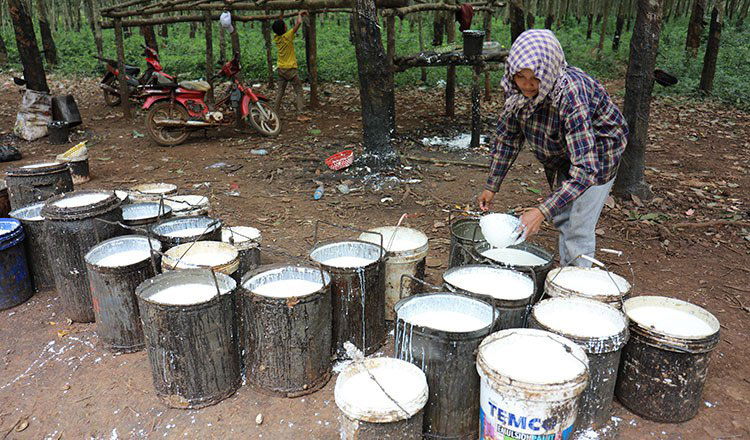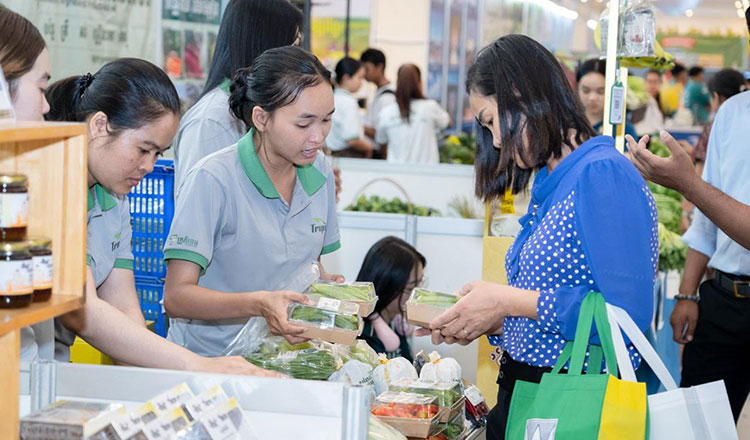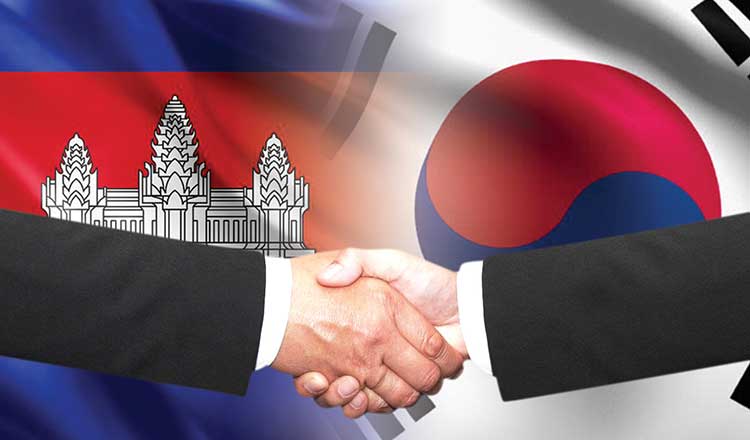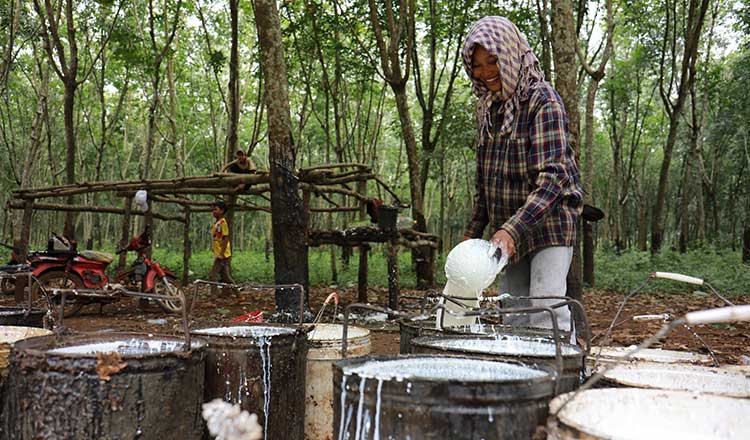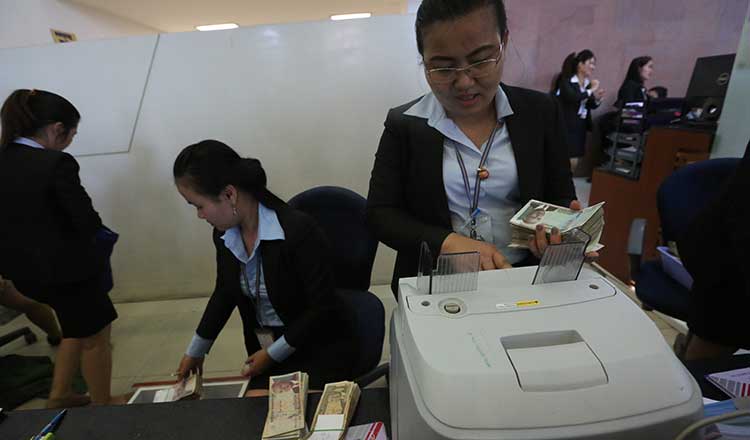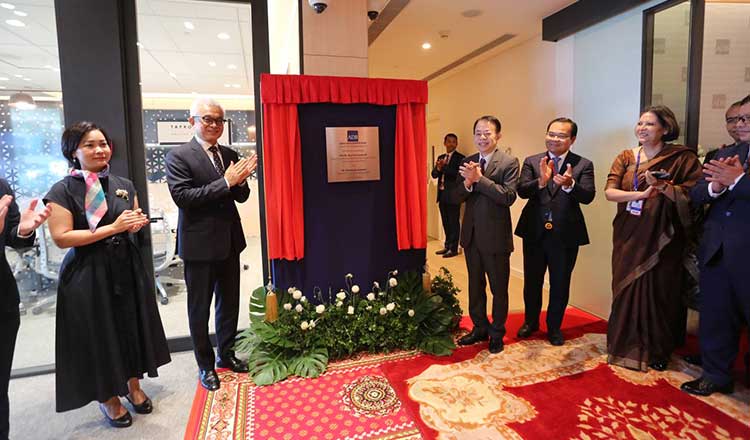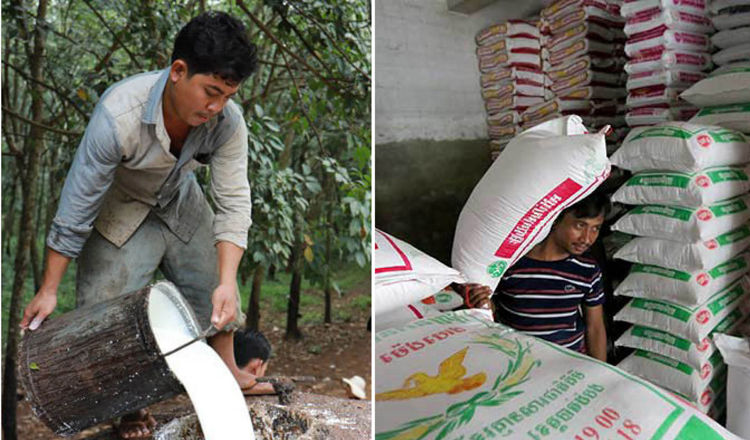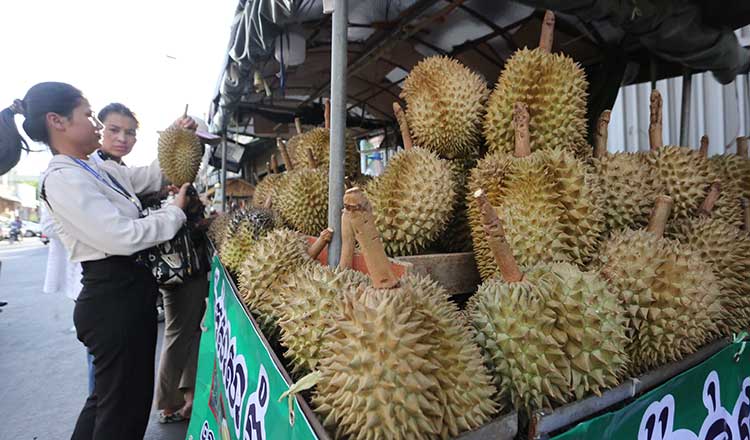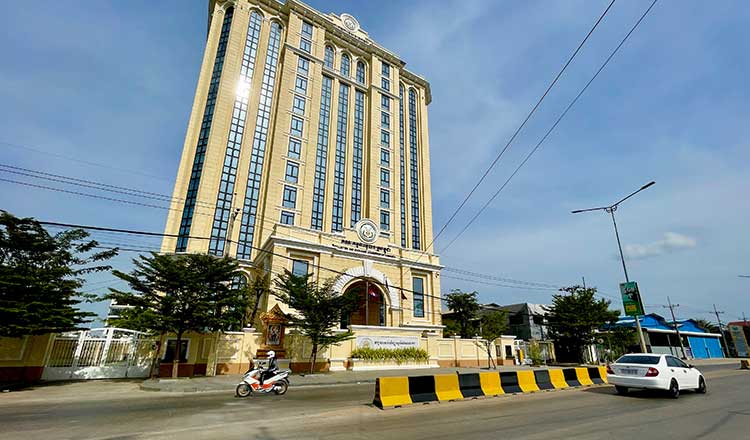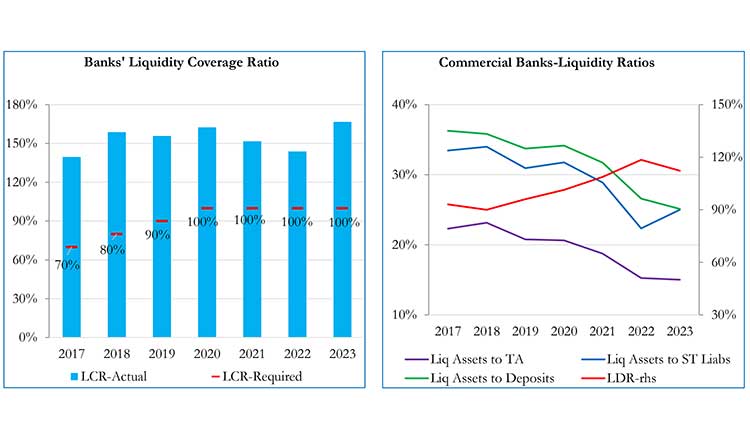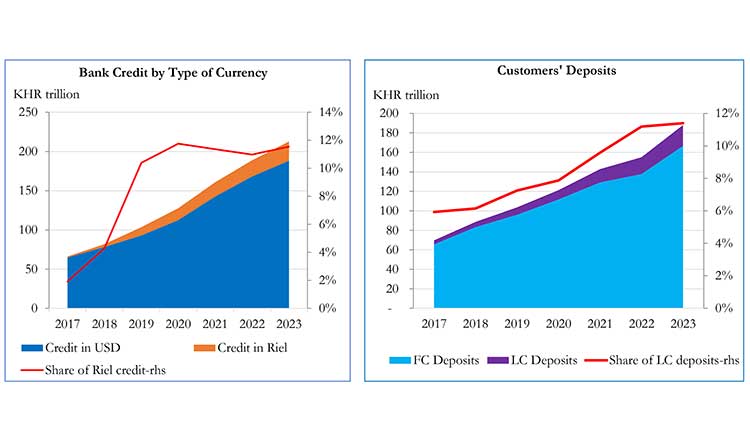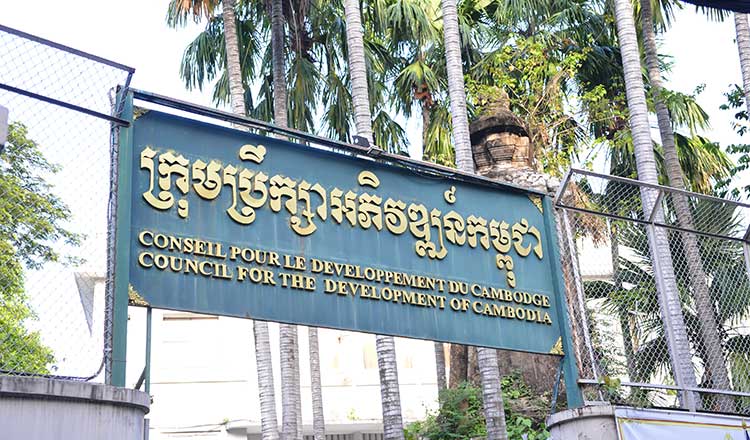Study says development aid to Kingdom drops 30% to $2.3B
Study says development aid to Kingdom drops 30% to $2.3B
Official development finance to Cambodia fell by 30 percent to $2.3 billion in 2022, as per a new report by the Lowy Institute – the key findings of which were shared in a meeting on Thursday in Phnom Penh.
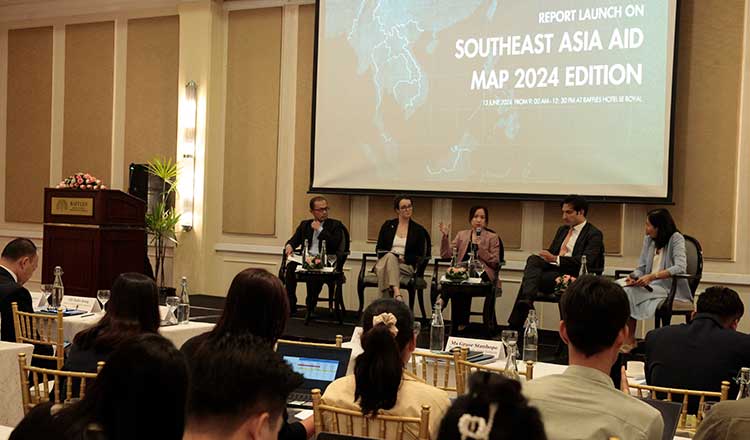
The full report – the annual Southeast Asia Aid Map will be published on June 17, 2024 (Monday). Cambodia’s decline in funding is in line with the broader regional trend for Southeast Asia, said the report. It added, Cambodia’s international development aid dropping to pre-pandemic levels might increase the risk of long-term economic scarring.
“International partners have sharply reduced development support to Cambodia, even though the country’s economy remains fragile and below pre-pandemic levels,” said Alexandre Dayant, Senior Economist and Deputy Director of Indo-Pacific Development Centre, Lowy Institute.
Between 2015-2022, more than one-third of Cambodia’s development financing came from China. But, however, this hit its lowest in 2022.
“Chinese financing has plummeted to its lowest level on record in the country, which aligns with a regional trend of Chinese development assistance in the region,” said Dayant, adding, “Once the primary development partner for half of Southeast Asian countries, Beijing now holds that position only for Malaysia and Laos.”
Other regional powers like India, Japan, and Korea have stepped up their financing, said the report, which looks at more than 120,000 projects, by 107 development partners, totalling $255 billion.
In Southeast Asia, major traditional partners include the multilateral development banks, Japan, South Korea, European countries, and the United States, said the Lowy Institute. And traditional development partners continue to dominate total financing, accounting for more than 80 per cent of total official development finance disbursements to Southeast Asia in 2022, said the report.
However, very little development aid was coming via other ASEAN countries, said the report.
When it came to intra-regional development financing in ASEAN, Thailand did the most (85 percent), followed by Vietnam (12 percent).
The report looked at 11 countries – Brunei, Cambodia, Indonesia, Laos, Malaysia, Myanmar, the Philippines, Singapore, Thailand, Timor-Leste and Vietnam.
In her opening remarks, Eng Netra, Executive Director, CDRI said that over the decades Cambodia has engaged in substantive poverty reduction programmes that has resulted in more middle-income households in the country.
In a panel discussion, Sophie Duong T Nguyen, Senior Country Economist, Asian Development Bank said that ADB’s vision for Cambodia is aligned with the government’s Pentagonal Strategy.
“Some of the key hurdles we have noticed to development is the lack of diversification in terms of market concentration and sector. For instance the focus on garment, footwear and travel goods; and again this primarily catering to the US and Europe. If there was more diversification it would help,” said Nguyen, adding, “The second hurdle is human capital development and the third the high vulnerabilities the country faces in terms of climate change. Look at the periodic flooding of the Mekong or droughts and heat waves.”
Ngin Chanrith, Senior Research Fellow and Director of Centre for Natural Resource and Environment, CDRI, said that climate financing currently is insufficient to meet the reality of climate change.
When it comes to human development indicators like health and education, Grace Stanhope, Research Associate, Lowy Institute, said that Cambodia has substantially increased its healthcare expenditure most covid; but investment in education remains stagnant. “There needs to be more focus on education,” she said. “The Southeast Asia Aid Map reveals a US$5 billion increase in gender equality financing in the region from 2015 to 2022.”




